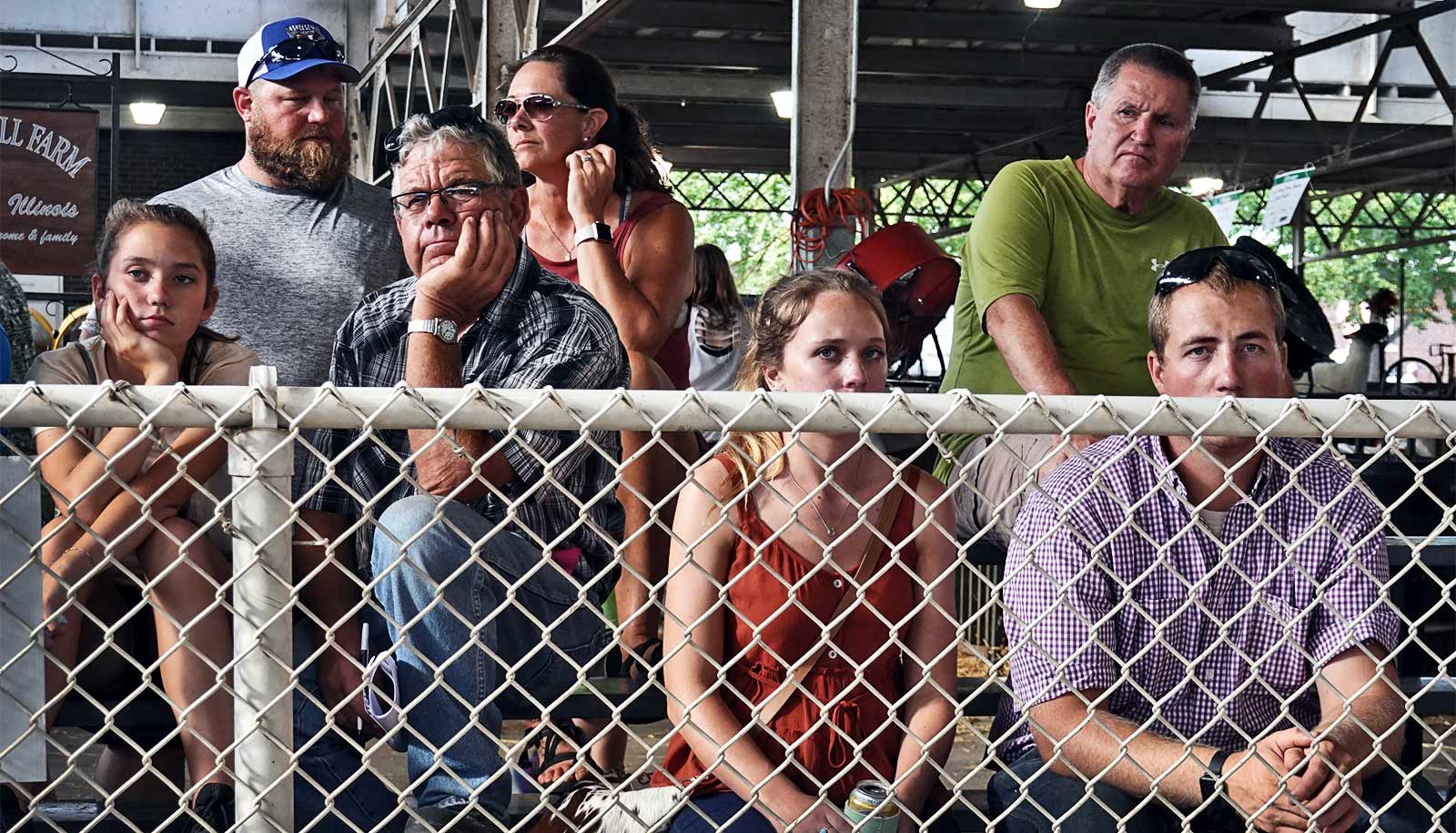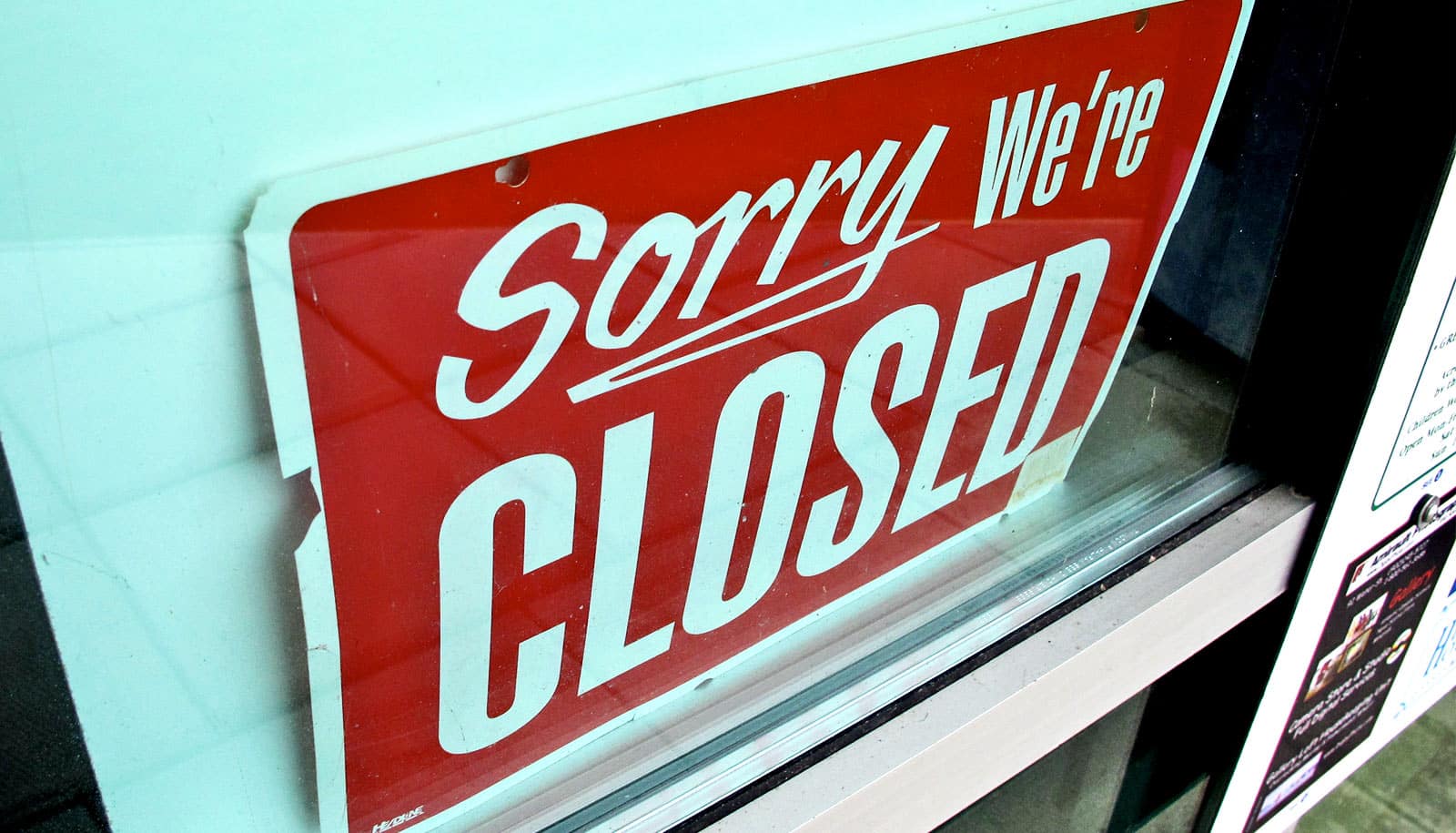The pandemic took a steep toll on the mental health and personal relationships of many rural Iowans, while people in larger towns tended to report physical health and economic challenges with greater frequency.
The findings, which come from survey data collected between December 2020 and February 2021, illustrate how the pandemic affected Iowa communities in different ways and can inform how public policies are constructed to address these challenges, says David Peters, a professor of sociology at Iowa State University.
“We know all towns aren’t the same and didn’t experience the pandemic the same way,” Peters says. “Different communities have different needs, so you need a range of programs to help small towns recover from the pandemic.”
The survey asked respondents in 73 Iowa communities to evaluate how the pandemic has affected various aspects of their lives, including their physical and mental health as well as their financial situation. The survey also asked questions regarding respondents’ perceptions of the pandemic and the government response to the public health crisis.
The results, including an overall report and statistics for individual communities, are available on the Iowa Small Towns Project website.
Relationships take a hit
The researchers broke down the survey results by community population, revealing trends that mark how the pandemic affected smaller communities differently than larger ones.
Respondents in the smallest towns were more likely to report worsening mental health and relationships as a result of the pandemic than they were to report worsening physical health. For instance, about 20% of respondents in towns with populations under 3,000 reported that their physical health is worse off as a result of the pandemic, but about twice as many respondents in such communities reported worsening mental health. Nearly 40% of respondents in towns smaller than 3,000 also reported that the pandemic had worsened their relationships with close friends.
Economic impacts were relatively less widespread in the smallest communities, according to the survey. For instance, fewer than 5% of respondents in the smallest communities reported their housing situation worsened, and just over 15% said their employment situation was worse off.
In larger communities and in towns with meatpacking facilities, however, more respondents said their physical health and economic situation took a toll as a result of the pandemic. For instance, about a quarter of respondents from communities identified as meatpacking towns said their physical health was worse off and about a third of respondents in meatpacking towns said their personal financial situation had worsened.
The four meatpacking towns included in the surveys were Columbus Junction, Storm Lake, West Liberty, and Denison, all of which have minority populations that exceed 60% of the total community population.
Minority populations and meatpacking workers tended to suffer heavier burdens due to the pandemic, which is reflected in the survey data, Peters says. The researchers worked with partner organizations including the League of United Latin American Citizens and Solidarity with Food Processing Workers to reach residents in the four meatpacking towns to ensure vulnerable populations were properly represented in the results.
Iowans’ mental health in rural towns
The relatively low percentage of respondents who reported the pandemic worsening their physical health may appear to suggest the pandemic was not as severe in rural Iowa, but Peters says per capita mortality rates derived with CDC data don’t bear that out.
Rural counties in Iowa with a town of 2,500 or more suffered 270 COVID-19 deaths per 100,000 residents, higher than the national rate of 225. Mortality rates reached 290 deaths per 100,000 residents in rural counties that have no town with a population of 2,500 or more. Peters says many rural residents may believe their communities to be less vulnerable to the coronavirus because of their relatively low population density.
“There’s this perception that people in smaller and rural communities, somehow because of their low density, COVID-19 doesn’t impact them,” he says. “We found there were different impacts. In smaller towns, physical health and economic health were less of a concern, but there are definitely mental health impacts.”
The survey reached nearly 14,000 households in 73 Iowa communities. More than 5,000 Iowans responded to the survey for a response rate of 38.2%. The survey has a margin of error of plus or minus 1.77% in towns under 3,000, plus or minus 3.8% in towns with populations of 3,000 to 4,999, plus or minus 3.47% in towns of 5,000 or more, and plus or minus 3.01% in meatpacking towns.
The National Science Foundation supported the work.
Source: Iowa State University


